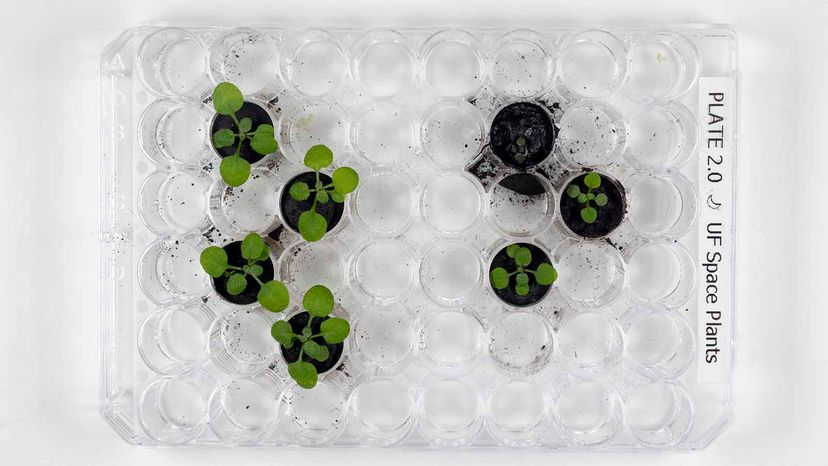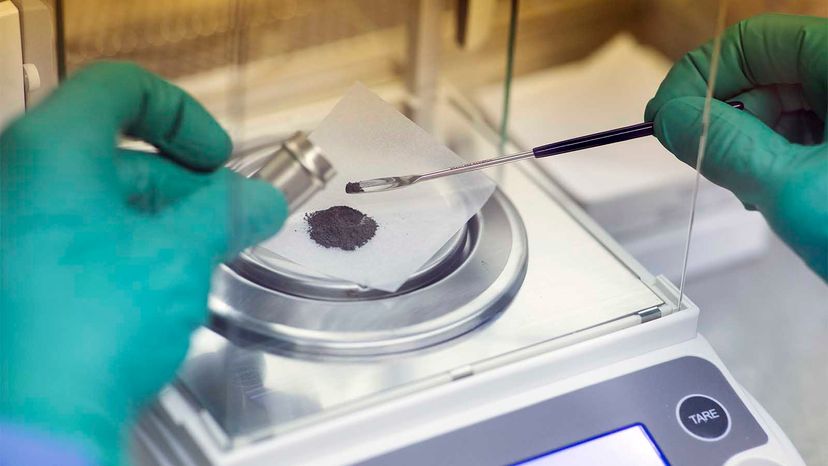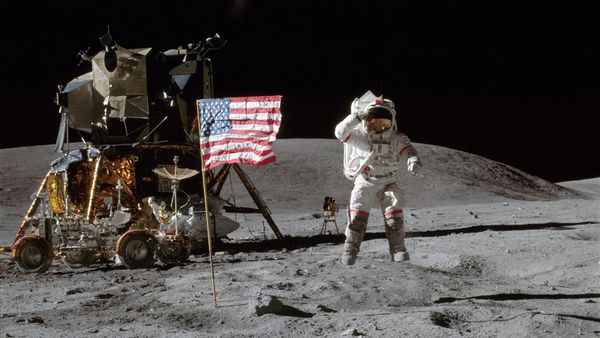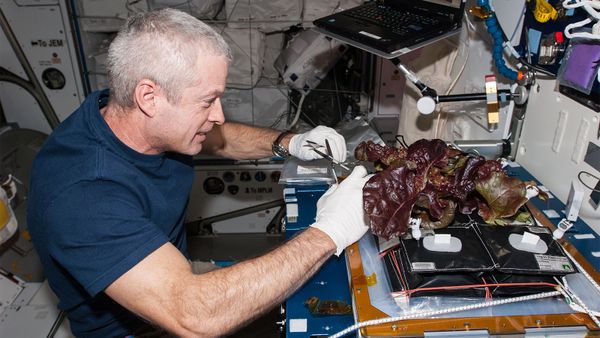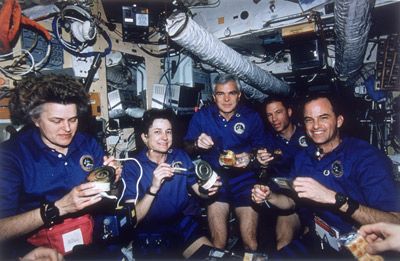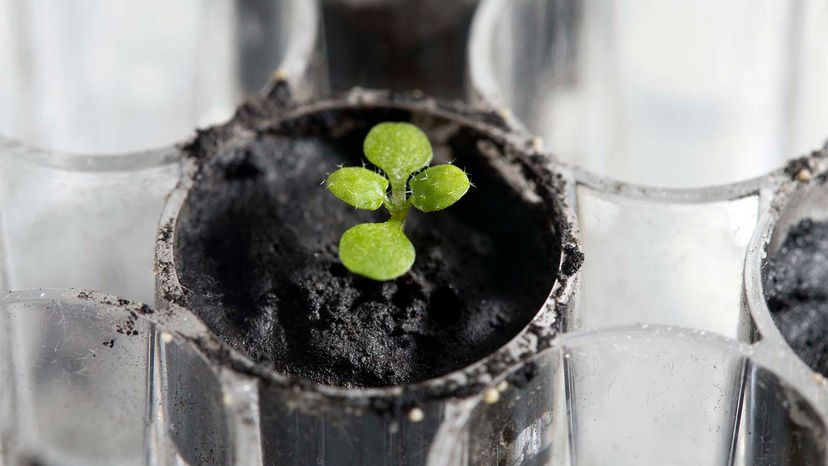
Now we know for sure, lunar regolith (aka moon soil) is capable of growing greenery. But plants grown in younger lunar soil are less stressed than plants grown in more mature soil.
The results, which were published May 12 in the journal Communications Biology, are critical steps in understanding how future long-term residents of the moon may be able to produce their own food and oxygen through lunar agriculture. These experiments are the first attempts to grow plants in actual lunar regolith rather than soil simulant.
Advertisement
"It's really good news that plants can grow in the lunar soils," study co-author Robert Ferl, a space biologist at the University of Florida, said during a May 11 press briefing. The challenges that the plants experienced show that "there is some very interesting biology, lunar biology, lunar biological chemistry, that's yet to be learned. But the bottom line is that until it was actually done, nobody knew whether plants, especially plant roots, would be able to interact with a very sharp, very antagonistic soils that the lunar regolith presents."
